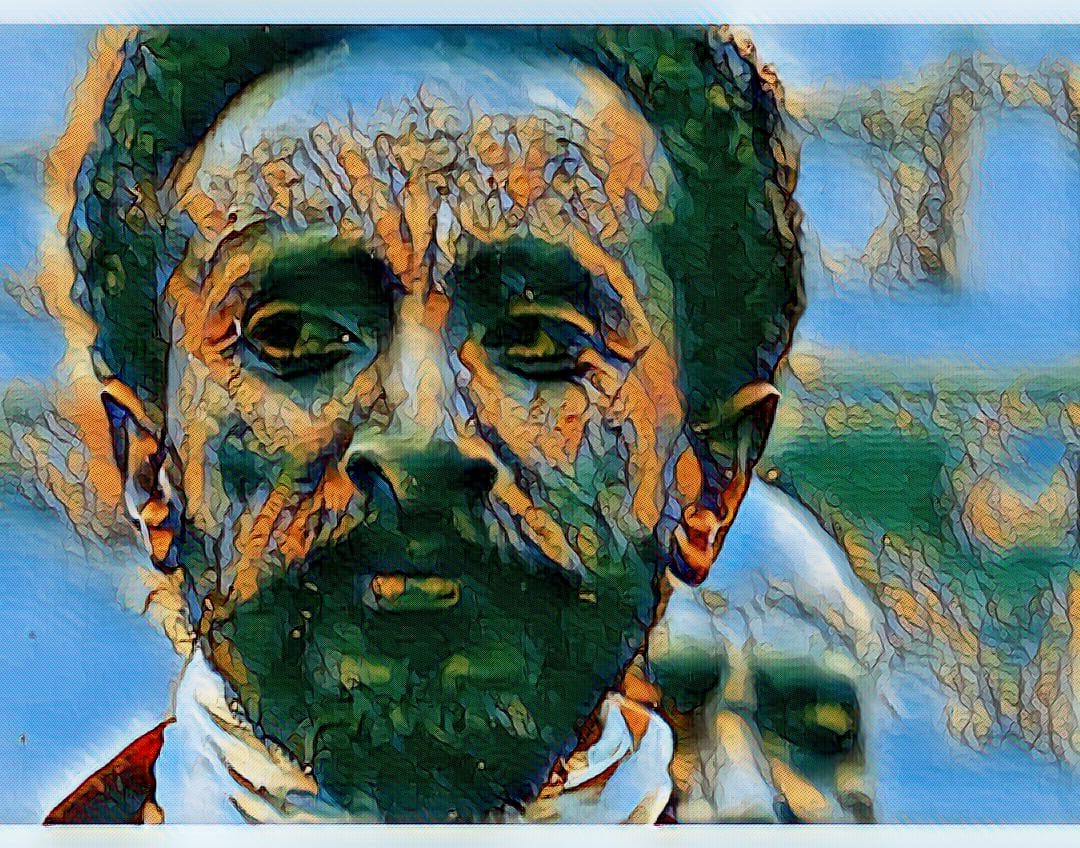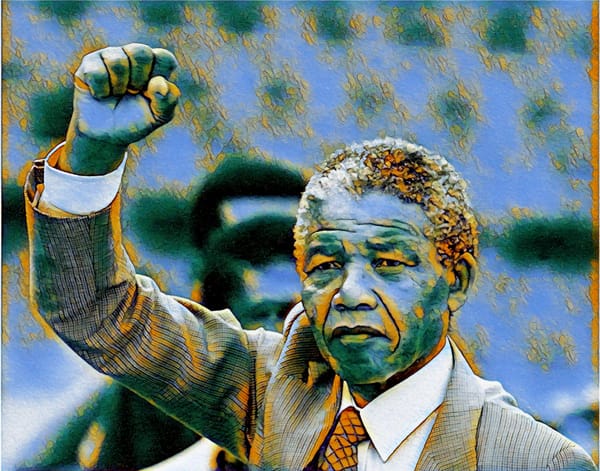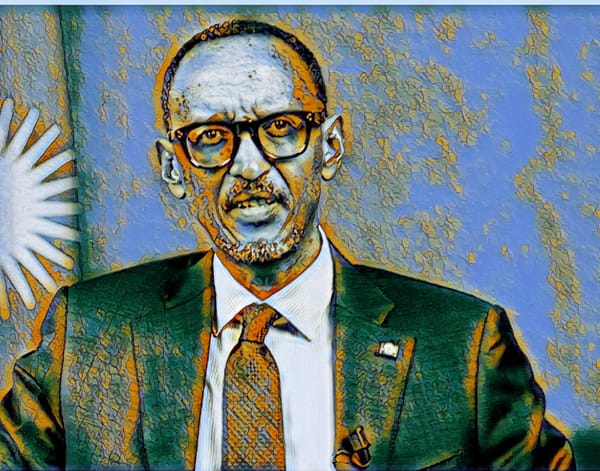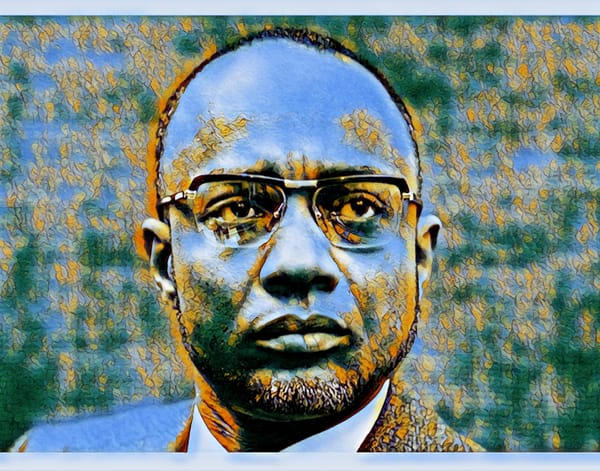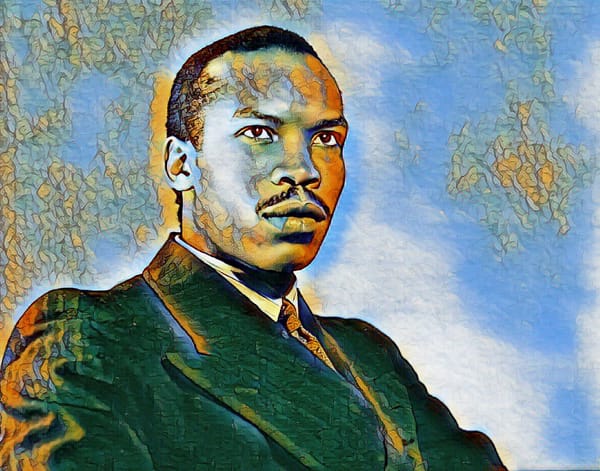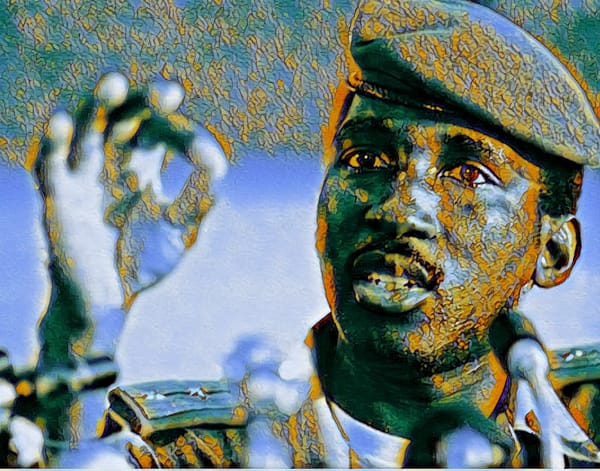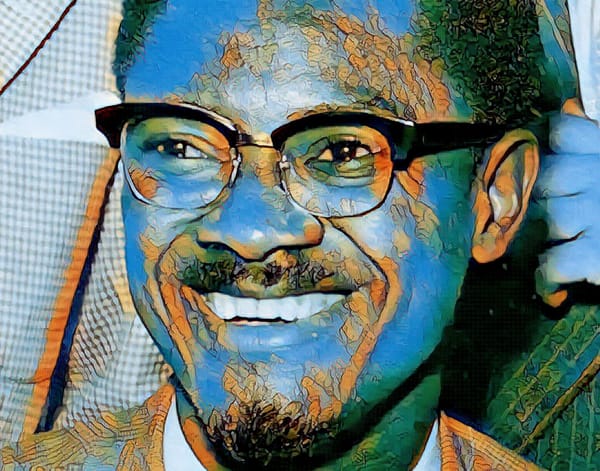A Legacy Of Sovereignty And Progress

David Versus Goliath
The year was 1935, Benito Mussolini’s Italy, armed with modern weaponry and a hunger for empire, invaded Ethiopia, a lighthouse of sovereignty and pride in Africa. Beneath the shadow of Mussolini's ambition, there lay a deep-seated grievance, a battle that had echoed through the annals of history—the Battle of Adwa.
As the drums of war thundered once again, Ethiopia stood resolute, its people united by the memory of Adwa and the spirit of their ancestors who had fought fiercely for their land's sovereignty. At the time, Ethiopia was guarded by Emperor Haile Selassie I, a man whose spirit was as unyielding as the mountains that cradled his nation. Despite being outmatched in terms of modern weaponry and military technology, the Ethiopian people rallied; they were not just fighting for their territory; they were fighting for their right to exist as a free people, for their heritage, and for the soul of Africa.

Emperor Selassie's response to the invasion was multifaceted; he mobilised his nation's limited resources, appealed to the League of Nations for assistance, and took personal command of his forces. Selassie's speech at the League of Nations in 1936 was not only a plea for his own nation but a clarion call for justice and humanity. He warned of the consequences of the League’s inaction saying: “It is us today, tomorrow it will be you.” His words, foretelling the spread of fascist tyranny eventually leading to World War II.
"Throughout history, it has been the inaction of those who could have acted, the indifference of those who should have known better, the silence of the voice of justice when it mattered most, that has made it possible for evil to triumph". - Emperor Haile Selassie
The countryside of Ethiopia had become a battlefield of resistance. Women and men, young and old, fought with whatever they had—stones, spears, and, most importantly, an unwavering courage that outshone the mechanised might of their aggressors. The occupation was brutal, a period marked by atrocities that would forever scar the memory of the nation.
But even in exile, Emperor Selassie's resolve did not waver. From his base in England, he worked tirelessly to gain international support for Ethiopia's cause, showcasing his diplomatic skills and unwavering commitment to his nation's liberation. His efforts to garner support for his country's plight eventually paid off when the tide of World War II turned against the Axis powers. With the aid of the Allied Forces, Ethiopian sovereignty was reclaimed.
The Emperor’s return to his capital, Addis Ababa was a moment of profound significance, a renewal of the covenant between a leader and his people, forged in the fires of adversity and the shared sacrifice of a nation standing as one.
Nation Of Enlightenment
In Selassie’s eyes however, the purpose of education soared far beyond the conventional; it was not about producing a cohort of graduates who could recite facts with precision but lacked the spark of creativity and critical thinking. He envisioned an Ethiopia where the classrooms buzzed with the energy of inquiry and the air was thick with the spirit of exploration. Selassie's vision was to nurture thinkers, innovators, and problem-solvers who would lead Ethiopia into a new era of prosperity and progress. He urged educators to kindle the flame of curiosity in their students, to encourage them to question, to challenge, and to imagine.
Before this transformative era of Emperor Haile Selassie's reign, education in Ethiopia was a privilege reserved for the elite. The gates of learning were closely guarded, accessible only to those within the ecclesiastical hierarchy. This system perpetuated a cycle of power that kept the majority of the Ethiopian populace in the shadows of illiteracy and ignorance, hindering the nation's collective potential and reinforcing the divisions within its society.
"Education is a means of sharpening the mind of man both spiritually and intellectually. It is a two-edged sword that can be used either for the progress of mankind or for its destruction. That is why it has been our constant desire and endeavour to develop our education for the benefit of mankind". - Emperor Haile Selassie
At the heart of this educational renaissance was the establishment of schools and institutions that catered to all levels of inquiry and learning. From the rural outreach of elementary schools, where the children of farmers and herders first grasped the power of the written word, to advanced centres of higher education, such as Addis Ababa University, which became a crucible of African scholarship and leadership. And yet, the Emperor's reforms extended beyond the mere construction of educational facilities.
Curriculum development, teacher training, and scholarship programs were instituted to ensure that the quality of education matched its increasing accessibility. Selassie's policies invited international partnerships, bringing in educators and experts from around the globe to enrich Ethiopia's academic landscape. This global exchange of knowledge and ideas not only elevated the standard of education in Ethiopia but also positioned the country as a participant in the global academic community.

Across history, few have embodied the spirit of a true champion of education with conviction like Emperor Haile Selassie. Understanding that the strength of a nation lay not in the abundance of its resources or the might of its armies, but in the intellectual and creative enlightenment of its people; he harnessed the ultimate natural resource— the mental prowess of the Ethiopian people. He invested in his people, knowing that they will be the ones to build the technologies, fly the Ethiopian airlines, harness the country’s resources and ultimately build the nation.
The Pan-African Vision
Beneath the expansive skies of Africa, where the earth tells stories as old as time itself, a question rises, stirring the soul of the continent: Can Africans truly unite? If so, what does that mean and what does that look like? This inquiry, steeped in the sweat, tears and dreams of countless generations, is not merely rhetorical but a clarion call.
"Thousands of years ago, civilizations flourished in Africa which suffer not at all by comparison with those of other continents. In those centuries, Africans were politically free and economically independent. Their social patterns were their own and their cultures truly indigenous". - Emperor Haile Selassie
In the early 1960s, as African nations began to break free from the chains of colonialism, Selassie recognized the critical need for unity among these newly sovereign states. His insight was clear: alone, each country could easily fall prey to external pressures and internal strife, but together, they could stand strong, sovereign, and in control of their own destiny. The Emperor’s home, Ethiopia was a symbol of resistance and resilience, having successfully resisted colonial domination. This unique position imbued it with a moral authority that resonated across the continent.
Selassie, leveraging Ethiopia's moral authority, extended an invitation to leaders across the continent. They were to gather in Addis Ababa, not just as representatives of their countries but as architects of a new Africa. In the convening of this historic meeting in Addis Ababa on May 25, 1963, the Emperor, with a blend of diplomacy and genuine warmth, began the delicate task of weaving these diverse threads into a single tapestry of unity. He shared his vision of an Africa where borders drawn by colonial forces would no longer define relationships. Instead, mutual respect, cooperation, and shared aspirations would be the new bonds uniting the continent. This vision took concrete shape with the formation of the Organization of African Unity (OAU).
"Africa’s mineral wealth is great; we should cooperate in its development". - Emperor Haile Selassie
First and foremost, the OAU’s objective as set out in the OAU Charter was unity and solidarity among African countries and their people. It was a vow to stand guard over Africa's lands, waters, and skies, ensuring that the hard-won freedom through profound struggles and sacrifices would never again be compromised. Another cornerstone of the OAU's mission was eradicating all forms of colonialism from Africa. The OAU charter sought to defend the sovereignty and territorial integrity of its member states. Alignment with the United Nations, was also among the OAU's aims. This goal recognized that Africa's destiny was linked to the wider world, advocating for a partnership based on respect, equality, and mutual benefits.
From The Heart Of Harar
Emperor Haile Selassie’s story is not just one of royalty but of a profound vision that sought to lift an entire continent. From his birth on July 23, 1892, in the province of Harar, to his ascension as Emperor of Ethiopia, his profound love for his people and his nation was unwavering.
The establishment of the Ethiopian Airlines stands as a testament to his forward-thinking approach, transforming the country into a hub of aviation and connecting Ethiopia with the world. Moreover, Selassie's encouragement of mental enlightenment and professional development extended beyond the borders of Ethiopia. He sent numerous young Ethiopians abroad to study, ensuring that they had access to the best education the world could offer.
"We must become bigger than we have been: more courageous, greater in spirit, larger in outlook". - Emperor Haile Selassie
His leadership was a beacon of how power, when wielded with benevolence and vision, can uplift a society.
Few Great Sources
- Book - The Battle of Adwa: African Victory in the Age of Empire
- Documentary - Haile Selassie: The Pillar of a Modern Ethiopia
- Documentary - Footsteps of the Emperor

